Want Popeye’s like big forearms? I’ll show you a forearms workout you can do without using weights or machines. You can do these forearms exercises at home or anywhere you want to.
While everyone’s focuses solely on getting big biceps, why not also focus on getting bigger forearms?
You keep hearing about biceps workouts, but not much about forearms workouts.
In a minute, you’ll watch the videos and see there are plenty of options when it comes to working out your forearms.
If you train your body to project an image of strength you cannot neglect forearm development. It’s the first thing you’re judged on when shaking hands or even signing your name.
Men have always judged each other by hand strength and toughness. Throughout history, forearm size and strength has been considered one of the most impressive indicators of raw, physical power.
The blacksmith’s thickly veined and muscled forearms and powerful hands were always envied and admired as a sign of manliness and competence, a painter’s or chef’s hands were not.
Grip strength is a vital factor in almost all daily activity. From carrying luggage to changing a tire, powerful forearms will make the job easy.
If you want to build great physical strength at all, then you will need to develop a powerful grip before you can effectively perform even the most basic exercises.
The Forearm Muscles
The muscles of the forearms are broken up into three sections:
Brachioradialis – The relatively massive brachioradialis is located above and below the elbow on the outside of the arm. The brachioradialis is used to move the lower arm when the palm is facing down
Wrist Flexors – Located on the inside of the lower arm it uses for flexing the wrist.
Wrist Extensors – The wrist extensors are located on the outside of the lower arm and are responsible for the extending of the wrist.
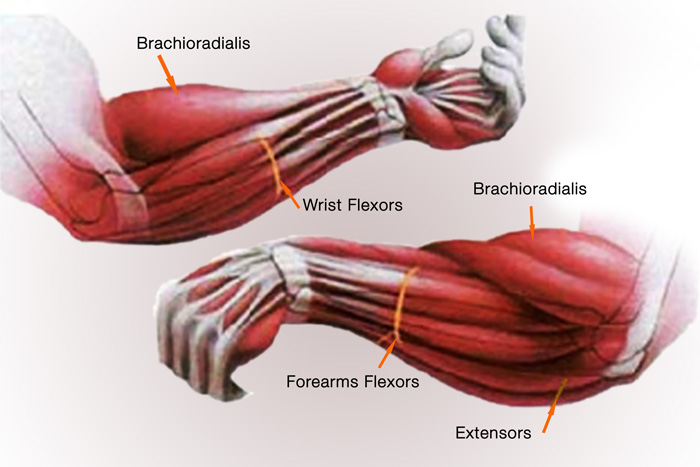
An over simplified way to think about it and very easy to remember is to this of the wrist flexors as the “biceps” of the lower arm, and the wrist extensors as the “triceps” of the lower arm.
That’s because they are doing essentially the same as the Biceps and Triceps do, albeit in the lower arm as opposed to the upper arm.
Visually Impressive
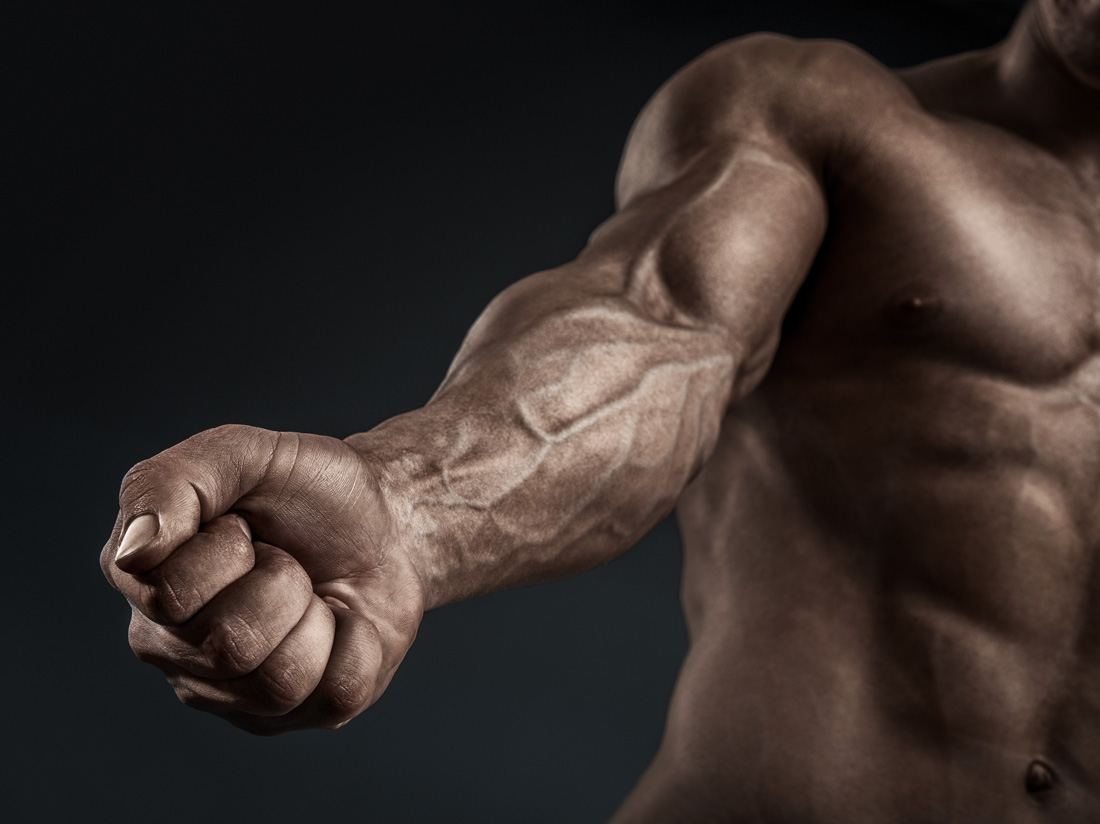
Forearms bulging with rippling, thick cords of muscle covered in a roadmap of veins scream strength at the world even when you’re just sitting still.
Even if you have big biceps, they can frequently be hidden under clothing and often won’t add to that immediate impression of power you strive for as a reward for busting your ass at the gym or for working out in your home gym so hard.
Powerful arms, and especially forearms are impossible to hide and are easily noticed when you shake hands with someone or even just hold a drink.
And what about biceps?
I’ve said that biceps can frequently get obscured under clothing, but don’t get me wrong. Dominant powerfully looking arms are made of thick forearms and big biceps. The good news is that you can get mountain peak biceps without going to the gym.
ARMS + CHEST = DOMINANCE
Big guns look much better and more proportional when you have a muscular chest.
You don’t need huge pecs, even slightly shirt protruding pecs can make a big difference in a man’s appearance.
One excuse I hear a lot is “I don’t have a bench press or any equipment so I don’t train chest”. The opposite is true. There are many chest exercises that you can do at home without any equipment, so there are no excuses not to work out your chest.
Do You Need a Gym?
The great news is that you don’t need access to a well-stocked gym to develop massive forearm muscles. Even if you do go to the gym, why spend precious time at the gym when you can get an equally effective forearms workout at the comfort of your home (or workplace) ?
You don’t even need weights, you can do most forearms exercises using household items you most likely already have lying around somewhere.
If you want to add more resistance in order to make the exercises more challenging, you have two options.
You can create your own homemade weights for pennies, or you can get a pair of adjustable dumbbells. The advantage of the adjustable dumbbells is that you can quickly change weights between sets and exercises, making them ideal for a full home workout.
So let’s cover the most effective exercises for powerful forearms, that you can do anywhere with little or no equipment at all.
Have a Seat!
Athletes have commonly used odd shaped weights in order to develop practical strength. With just a little bit of imagination, you can convert common household items into effective strength training aids.
Enter the lowly chair; it is odd shaped, has built in hand holds, and you can find it everywhere. It is also a fantastic way to train your wrist extensors and develop thicker wrists with rippling striated muscles across the tops of your forearms.
How To Do:
Begin by placing the chair in front of you in an area clear of other furniture. Lie on your stomach facing the front of the seat and with arms outstretched grasp each front leg with your hands’ thumbs up. Now try to lift the rear chair legs off the ground by moving your wrists upwards!
If the exercise becomes too easy you can increase the resistance level by just finding a heavier chair.
How Many Reps Should You Do For Forearms?
The forearms, like the calves, are a muscle group that is designed for almost constant use and will benefit more from high repetition work, so five or six sets of fifteen to twenty reps should be your goal.
For variety it’s never a bad idea to change things up. For example once in a while you can decide on a two-three months period where you use stronger resistance and lower repetitions.
Who Uses a Phone-Book Anymore?
You do, if you want to develop eye-popping forearm muscles!
Tearing a phonebook in half has been a part of strongmen exhibitions since they were first handed out by phone companies. Yes, it is considered a trick stunt and there is a method you must use to accomplish this feat, but it is far from easy to do.
How To Do:
You need to grip the phone-book opposite the spine with both hands facing down, squeeze the pages in the middle to form a ‘V’ shape and gradually tear a few pages at a time using raw strength. It may be a trick, but it is not remotely easy and your forearms will be sore the next day.
This exercise, in particular, will help develop vascularity as well as strength due to the almost constant tension and movement it requires.
Fingertip Pushups for Powerful Hands
Fingertip pushups are an amazing way to develop the muscles of your hands and wrists, and will help create that look of muscular vascularity from the backs of your hands to your elbows. It is an isometric exercise that develops strength through constant tension.
How To Do:
Simply assume the pushup position, chest on the floor, and place your hands shoulder-width apart with fingers supporting the palm off the floor. Now push yourself up. Depending on your fitness level it may be difficult to do more than a few reps, so after performing as many reps as you can properly drop to your knees and continue the exercise.
The Hand Gripper
This is not a household item, but it is very inexpensive, easy to acquire and very portable. Hand grip exercisers have been around in one form or another for decades and have been extremely useful in developing muscular and powerful forearms.
How To Do:
You can train effectively by either squeezing the hand gripper for time, isometrically by trying to squeeze it for as long as possible without letting go. You can also do conventional repetitions.
You can use your time sitting on mass transportation, in front of the television or even in the bathroom (Ahem..) for an effective forearm workout.
Tip: Keep one in your pocket all day and use it whenever you get the chance. Forearm muscles are tough, quick to recover from work and can be trained frequently for faster results.
Wrist Roller
This is yet another very simple and portable piece of equipment that packs a big punch. It is basically a reasonably thick wooden stick about a foot long with a hole drilled in the middle to allow a length of rope to be secured to it.
How To Do:
Attach any kind of weight to the free end of the rope and raise it by rolling the stick either toward or away from you. You can use a weight plate or attach a heavy bag by its handle to the rope.
The exercise is simple, and both horribly painful and brutal, but very efficient. Try to increase the number of times you can raise and lower the weight, then see how heavy you can go and don’t forgot to practice rolling both ways to train all the forearm muscles.
This exercise will develop wrist extensors, flexors and the beefy brachioradialis muscle that gives that impressive bulge near the elbow.
GRIP STRENGTH – An added benefit of this exercise is an incredible increase in grip endurance. Grip endurance is crucial for performing back exercises. Many people don’t realize that when they perform exercises like chin-ups or pull-ups, many times it’s not their back muscles giving up but rather their forearms as they start to loose grip strength.
By building grip strength, you make back exercises more effective by making sure your forearms don’t give up before your back does.
Throw in the Towel!
The lowly towel is a highly effective piece of training equipment!
First find a regular bath towel, although any large piece of cloth or length of rope will do. I do recommend a towel though, because it is easier to grip and hold comfortably for any length of time.
How To Do:
- Find an elevated flat surface like the seat of a chair or low table, lay your arm flat palm up or down with your wrist and hand just off the edge of the surface.
- Grip the towel around the middle with your table side hand and the hanging ends of the towel with your free hand.
- Pull steadily downward with your free hand while trying to flex your table side wrist up.
This is a very simple yet brutal exercise that utilizes the strength of one limb against another. Alternate hands and the direction your palm is facing for a thorough workout. You will get all the benefits of weighted wrist curls without needing weights.
Towel Hangs
Here is another great workout using a bath towel: towel hangs!
The towel hang is deceptively simple, but both agonizingly painful and extremely effective. The towel hang develops incredible muscularity, strength, and mental toughness.
As an added benefit your shoulders and back will also get a good workout.
How To Do:
Throw your towel over any reasonably high surface, such as the edge of a door or an exposed pipe or beam so that the ends are hanging down evenly. You may now grip the ends of the towel, one in each hand, lift your feet off the floor and hang there. That’s all there is to it.
When you can easily hang for more than a minute from both hands, try doing them one-handed, now let’s see you do that!
Be the Rubber Band Man
The muscles on the top of the hand, wrist and in that space between thumb and forefinger are notoriously hard to develop, enter the rubber band. Think of it as a very small elastic band training device.
How To Do:
- Grab any standard two-inch rubber band, place your thumb in it and twist it around creating a rubber ring on your thumb, now move the other end of the band to your forefinger and create another loop around that finger. Repeat until you’ve looped every finger together.
- Now open your fingers as wide as you can and close them again.
Repeat these movements until you scream.
Like the hand gripper, this is an exercise you can do anywhere and involves a very portable piece of equipment. When it becomes too easy, just add more rubber bands.
Use Resistance Bands
Resistance bands are very affordable, portable and efficient for training the forearms.
How To Do:
Grasp a handle in each hand, step on the middle part of the band to create a stable base and proceed to curl both arms up with palms facing down.
This is a reverse curl and it is an excellent exercise for developing the brachioradialis and wrist extensors producing an impressive bulge outward of the forearms as your arms are by your side.
See Also:
Ultimate Guide to Exercise Resistance Bands
Train Forearms with Your Legs
This is a pure body-weight movement, that you can do anywhere you can sit down and involves no equipment at all.
How To Do:
Sit down, lay your right hand on your right leg with your wrist and hand hanging in the air. Pick up your left leg and place your ankle in your palm, now curl your wrist up using the weight of your leg as resistance, train for reps and make sure to switch hands.
Dirty Rice
This exercise requires a deep bucket and enough uncooked rice to fill it a little more than halfway to the top. You can also use sand, but rice is much easier to clean up.
How To Do:
Sit behind the bucket on a low chair or bench, now place both hands deep in the rice with your fingers spread wide and begin to open and shut your fingers forcefully. You can train for repetition or time. Like towel hangs, it seems so simple but is very effective.
Door Pull-Ups
Door pulls ups is a more advanced exercise, but effective for developing the upper forearms.
How To Do:
Find a sturdy door, open it wide and use a doorstop of some kind to keep it from swinging shut. Hang from the top of the door bending your knees to clear the floor and chin yourself as many times as you can.
The door pull-up forces your forearm muscles to play a major role in moving your body up and down and will quickly add mass and strength to your forearms while getting a great back and shoulder workout as well.
Wrist Pushups
Wrist pushups is an exotic movement, which is extremely impressive to witness and requires great strength and flexibility. The wrist pushup is a normal push up done on the back of the hand, with little or no movement of the elbows.
How To Do:
You assume the pushup position wrists bent so that your weight is resting on the backs of your hands rather than the palms. From this position you must straighten your wrists so that you are resting your weight on your knuckles, repeat for reps.
In order to perform this exercise you will likely use gradual progressions. Start by performing the exercise on your knees or against a wall to keep the weight on your wrist to a minimum and gradually work up to doing them in the full pushup position.
If you do this exercise you will be rewarded with powerful wrist stability that will help prevent injuries. Besides, this exercise builds great forearm extensor strength.
Knuckle Pushups
The knuckle pushup is an old standard for forearm and wrist strength, and is easy to learn even though it’s hard to perform initially.
How To Do:
Place your fists shoulder-width apart on the floor, balancing your weight on the first two knuckles of your hands and assume the pushup position. Do as many reps as you can without rolling back to the last two knuckles. That’s all there is to it.
This is another exercise where the benefit comes from the isometric contraction of your forearm muscles keeping the wrists straight and develops stability and endurance.
No Excuses
There you have it! There is no need to despair because you lack equipment or access to facilities. There are many ways to get an efficient and productive forearm workout that will give you impressive muscular development at your home, without needing to buy a weight set or join a gym.

You don’t have to perform all of the exercises, just pick a couple you like and change things up every once in a while to keep things fresh, not get bored and work your forearm muscles from different angles.
All you need is commitment, dedication, and consistency. It won’t happen overnight, but sooner than later, you will have massive, vascular forearms you can be proud of! Good luck.

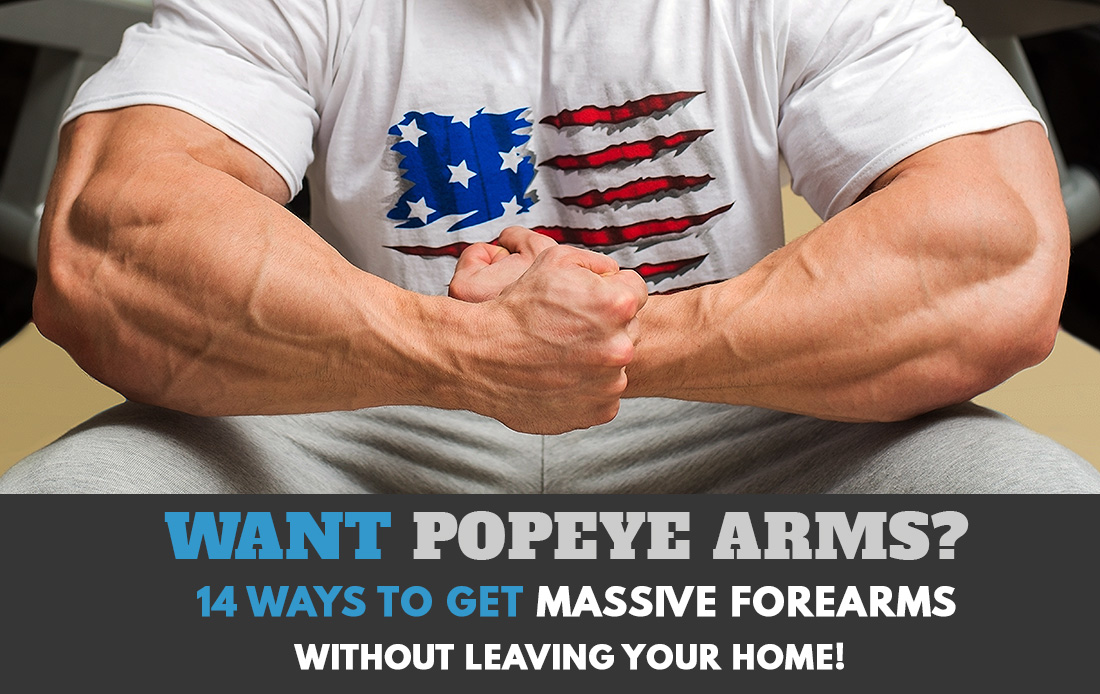
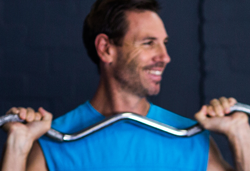


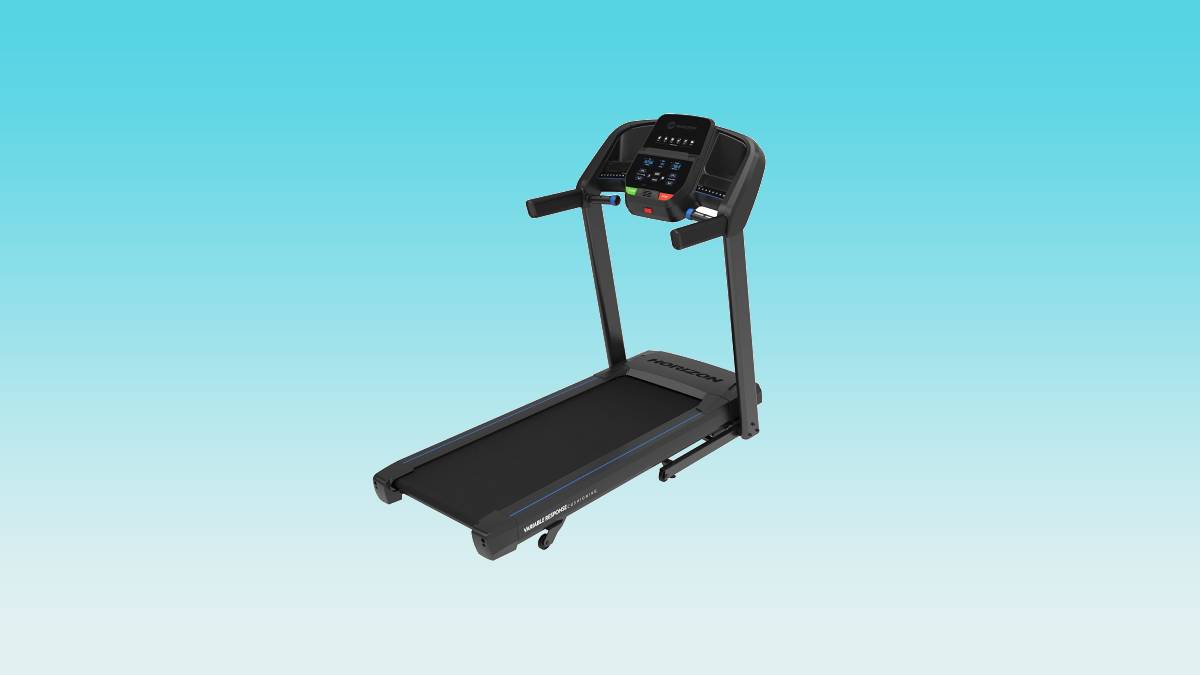
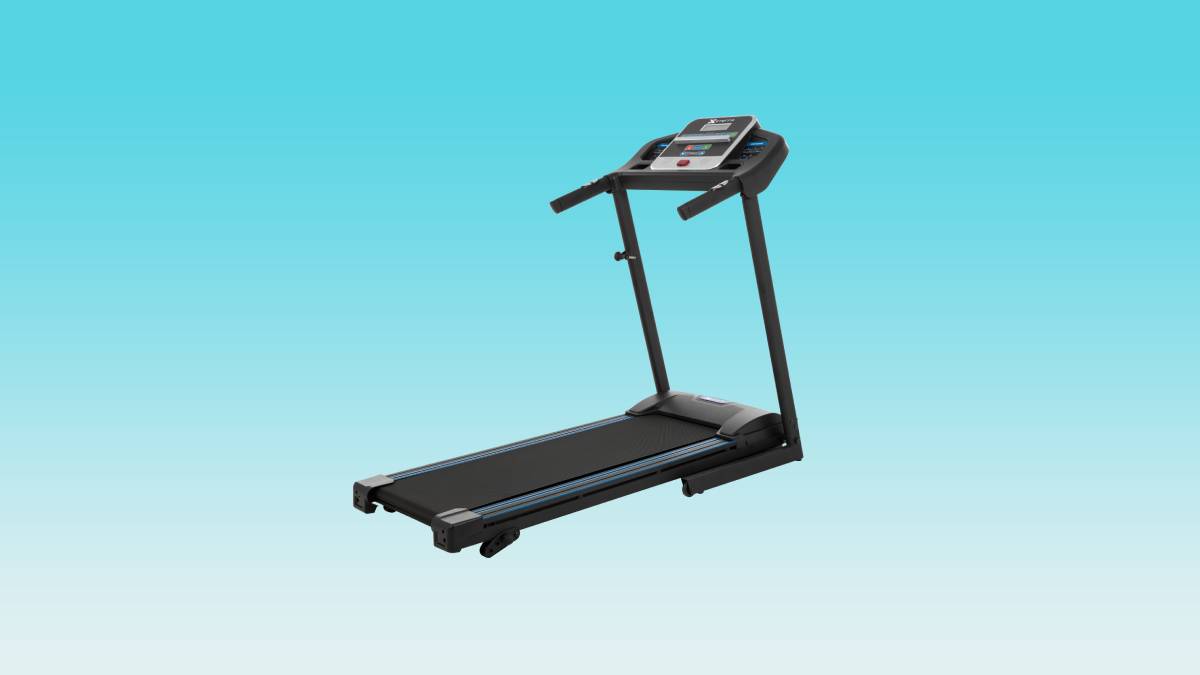
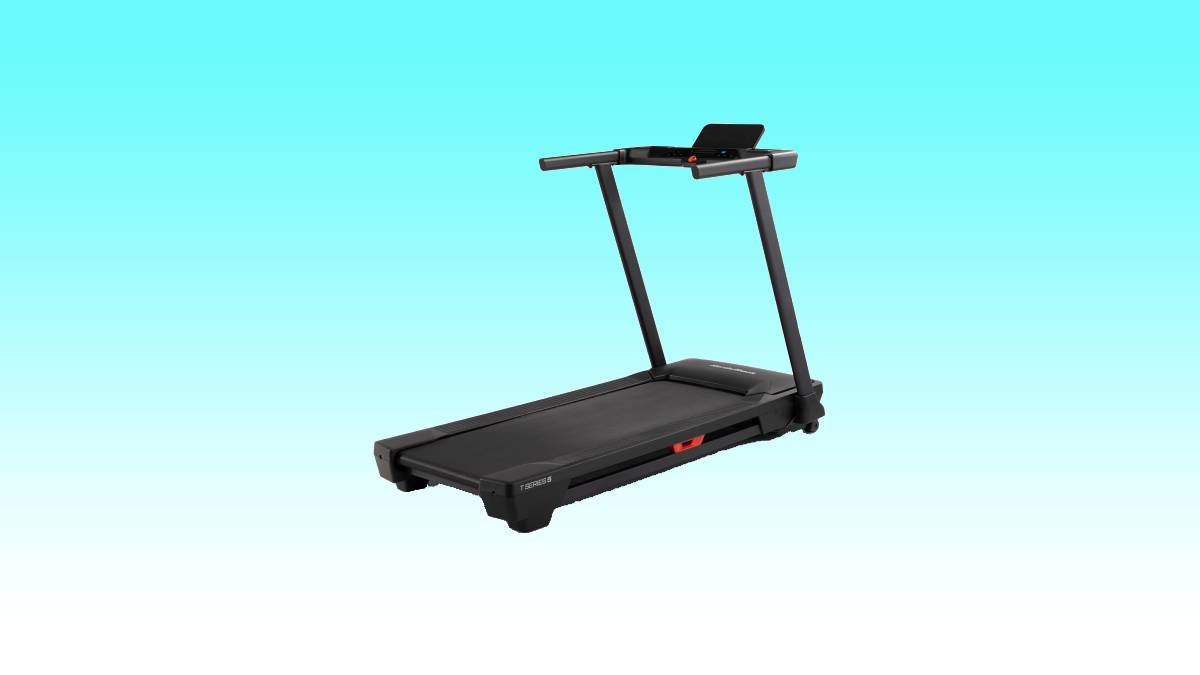
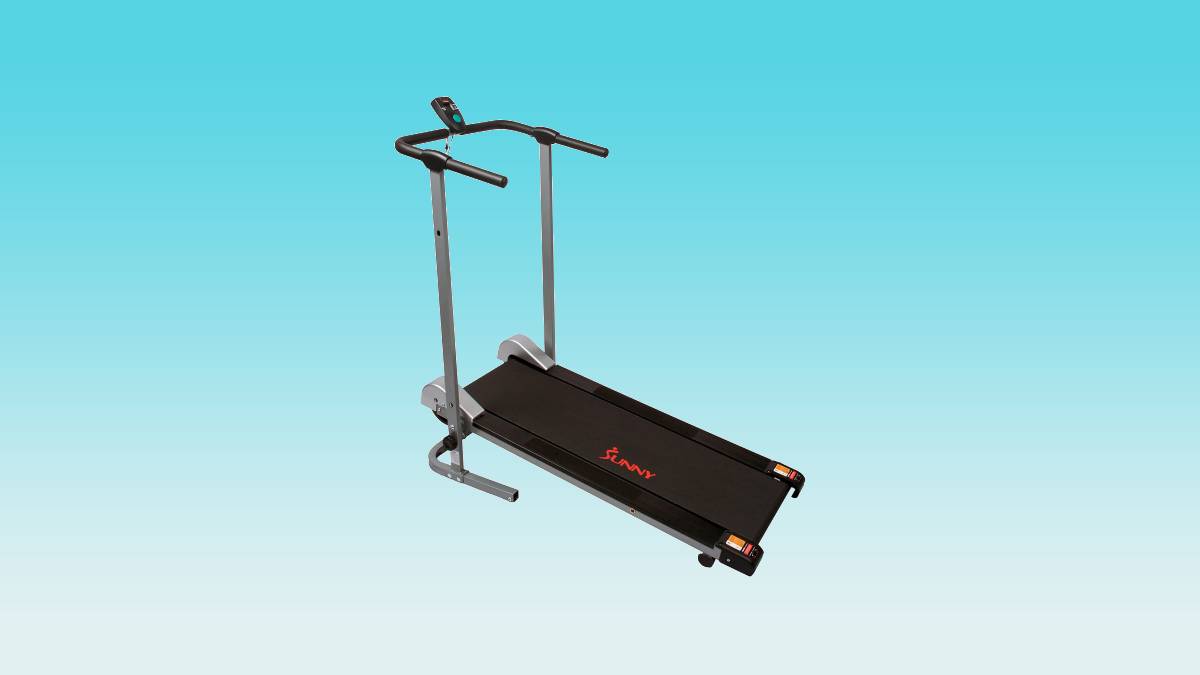
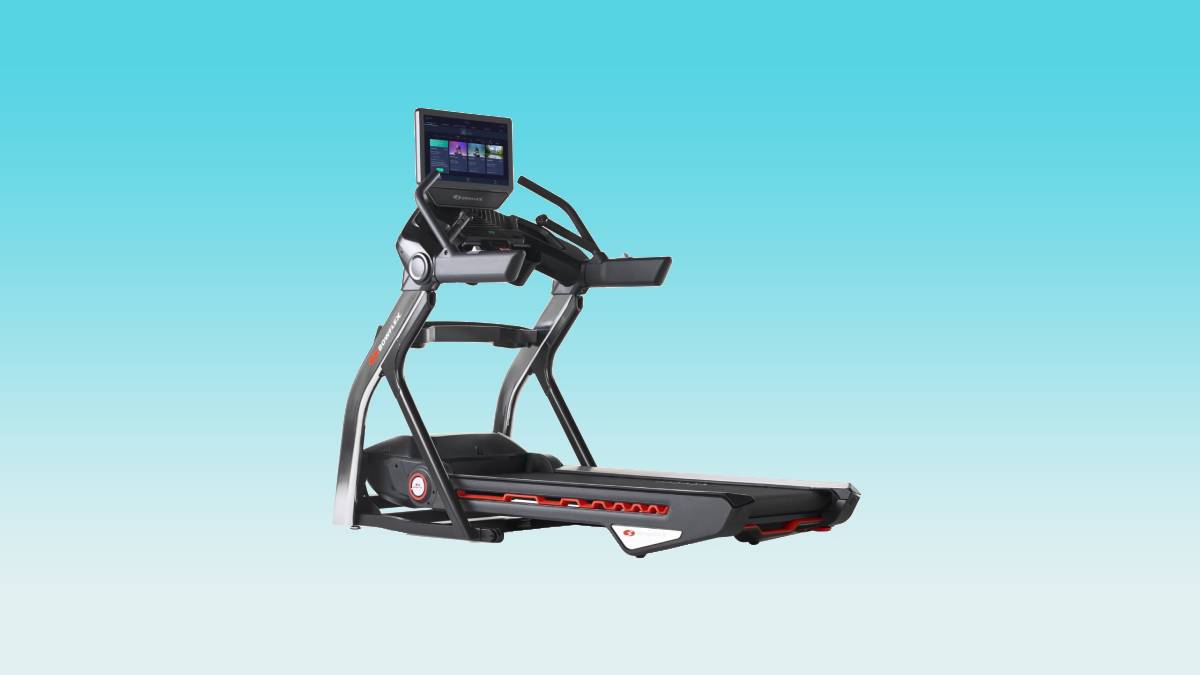
Leave a Reply